EDIT: SN7406 is your best bet from any TTL supplier.
"Most" PLC's usually have opto isolation built in, so in effect you are only driving an LED with switch to ground around 5mA or open circuit V=24V Any open collector driver can be driven from gnd input or open circuit to drive the PLC or equivalent low side driver.
If you use a hex TTL inverting Open Collector high V chip, you can drive six (6) PLC's from 1 chip on your expansion board using any 1.8-5V CMOS input. The TTL floating input is 1.3V considered a logic one but sensitive to noise, so any logic 1 voltage to input shunts stray noise but chip only draws some 40uA for Vih, while output will easily drive 5mA PLC opto isolator inputs.
For low input, TTL only draws -1.6mA which is easy for any CMOS output=0 then output opens and current stops. Again high impedance can be sensitive to high impulse noise on long lines, so a pullup from 24V to PLC input such as 10k at either end will improve immunity. If driving inductive loads in future add clamp diode across load to its Vcc to suppress any spikes >30V.
Twisted pair is suggested for long distances to PLC, switching rates depend on cable 20pF/ft and pullup R added to PLC to 24 V.
Since low side drive to PLC opto is negative logic and inverter chip is negative logic, for input =1, PLC driver LED will be ON.. .i.e. positive logic.

p.s. TTL is standard 2-5V input for a one (1) but will easily work from 1.8V = logic 1, <100ohm ESR.
Why because the input can drop to 2 Vbe drops or 1.3V , same as the floating input voltage and still work as a logic 1. (But with less noise margin) So 1.8V will work but not work as well as 2V, if you attempting a long haul 10MHz drive, which is unlikely for a PLC control. So for slow signals, on long cables, not near arc welders, you should be Ok. Ok? If huge stray noise is an issue, then cap filter on slow links will work.
Again 0~0.8V is the normal logic 0 input with 1.6mA implies a source impedance of 0.8V/1.6mA=500 Ohms max, so any <100 Ohm ESR CMOS driver will work which covers every family used today.
